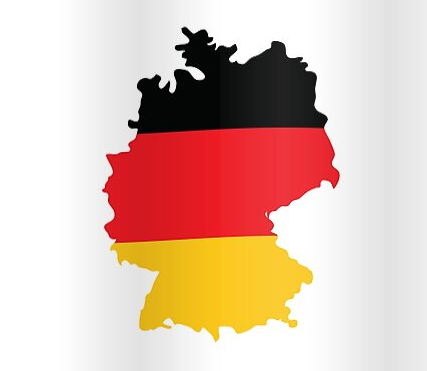Let’s explore India National Color. India is known for its diverse culture, traditions, and heritage. One of the most important aspects of its identity is its national colors. The Indian flag has three horizontal stripes of saffron, white, and green with a navy blue Ashoka Chakra in the center. These colors hold great significance and represent the country’s values and ideals. In this article, we will delve deeper into the meaning and history of India’s national colors.
Significance of India National Color
The Significance of Saffron
Saffron, the topmost color on the Indian flag, represents courage, sacrifice, and selflessness. It is also associated with Hinduism, the predominant religion in India. Saffron is believed to be the color of fire, which signifies purification and the burning of impurities. In Indian culture, saffron is also used to symbolize spirituality and knowledge.
The Symbolism of White
White, the middle color on the Indian flag, represents peace, purity, and truth. It is also a symbol of non-violence, which was a key aspect of India’s freedom struggle led by Mahatma Gandhi. White is also associated with the Jain religion, which emphasizes non-violence and peace.
The Importance of Green
Green, the bottommost color on the Indian flag, represents prosperity, growth, and vitality. It is also associated with Islam, which is the second-largest religion in India. Green is believed to be the color of nature, which symbolizes fertility, renewal, and life.
The History of India National Color
The idea of a national flag for India was first proposed by Mahatma Gandhi in 1921. He suggested that the flag should have three colors – saffron, white, and green – with a spinning wheel in the center to represent the country’s rural economy. The current design of the flag was adopted on July 22, 1947, after India gained independence from British rule.
FAQs
- What do the colors on the Indian flag represent?
Saffron represents courage, sacrifice, and selflessness.
White represents peace, purity, and truth.
Green represents prosperity, growth, and vitality.
- Why is saffron associated with Hinduism?
Saffron is considered a sacred color in Hinduism and is often used in religious ceremonies and rituals. It is also the color of the robes worn by Hindu monks and sages.
- What is the significance of the Ashoka Chakra on the Indian flag?
The Ashoka Chakra is a 24-spoke wheel that represents the cycle of life and death. It also symbolizes the idea of dharma, which is a central concept in Indian philosophy and religion.
- What was Mahatma Gandhi’s role in the adoption of the Indian flag?
Mahatma Gandhi was a key figure in India’s freedom struggle and played an important role in the adoption of the Indian flag. He suggested the design of the flag and emphasized the importance of non-violence and peace.
- Are the national colors of India used in everyday life?
Yes, the national colors of India are used in various aspects of everyday life, such as clothing, decorations, and festivals. They are also used to symbolize national pride and identity.
- Conclusion
In conclusion, the national colors of India – saffron, white, and green – hold great significance and represent the country’s values and ideals. These colors are not just a part of the national flag but are also deeply ingrained in the culture and traditions of the country. By understanding the meaning and symbolism behind these colors, we can gain a better appreciation of India’s rich heritage and identity.
References:
- “National Flag of India” – Ministry of Home Affairs, Government of India https://www.mha.gov.in/national-flag
- “The Significance of Colors in Indian Culture” – The Culture Trip https://theculturetrip.com/asia/india/articles/the-significance-of-colors-in-indian-culture/
- “Symbolism of Colours in Indian Culture” – Native Planet https://www.nativeplanet.com/travel-guide/symbolism-of-colours-in-indian-culture-003958.html

